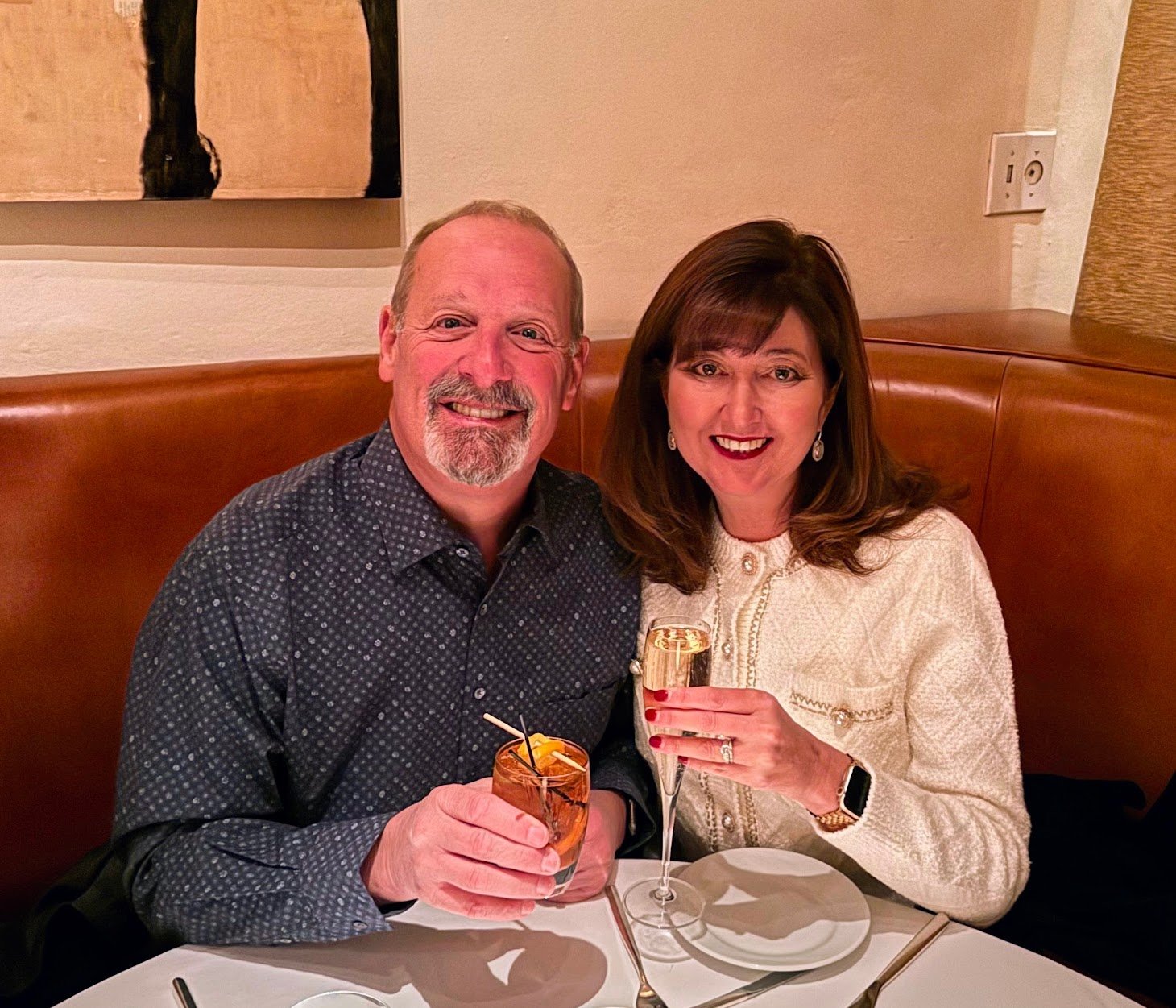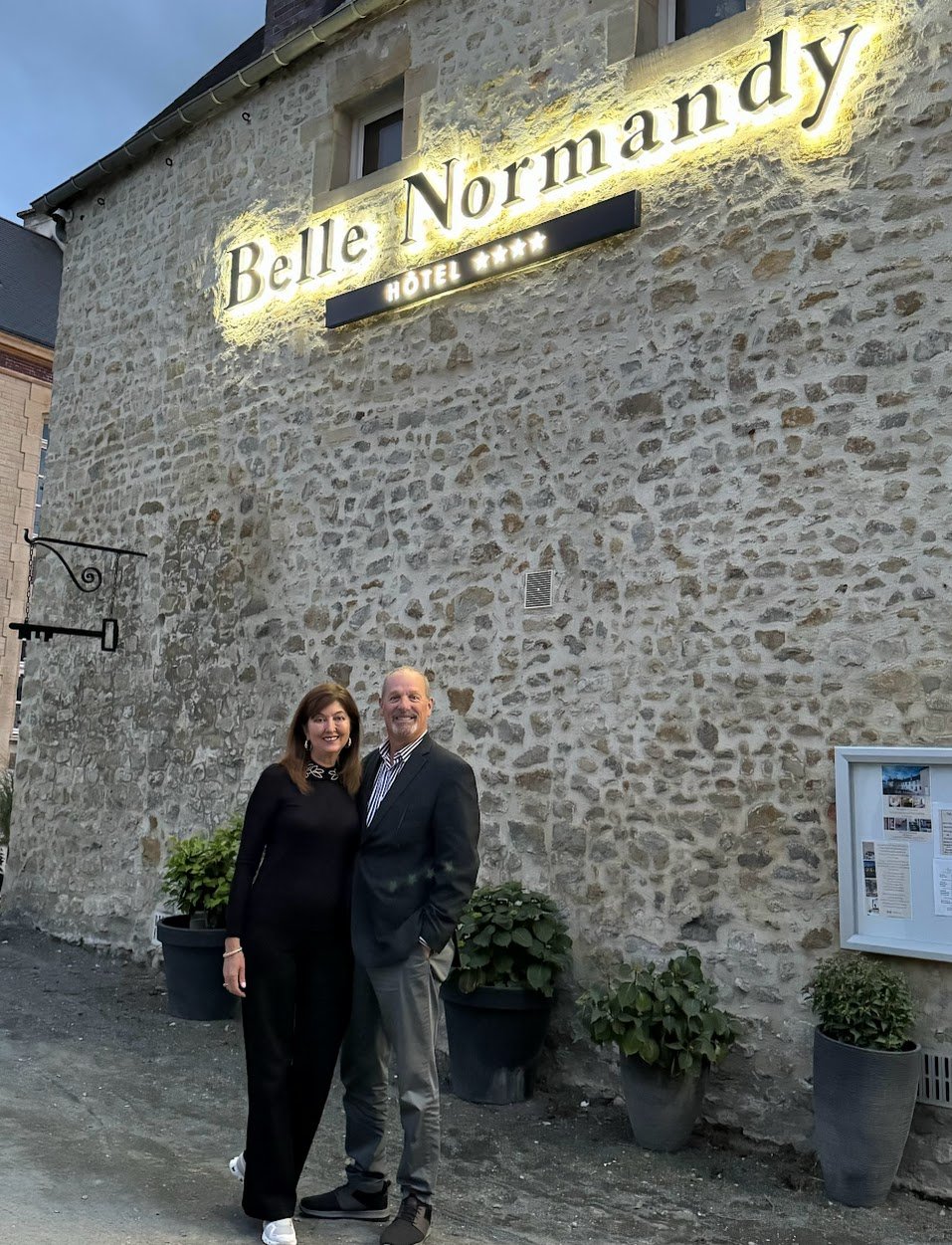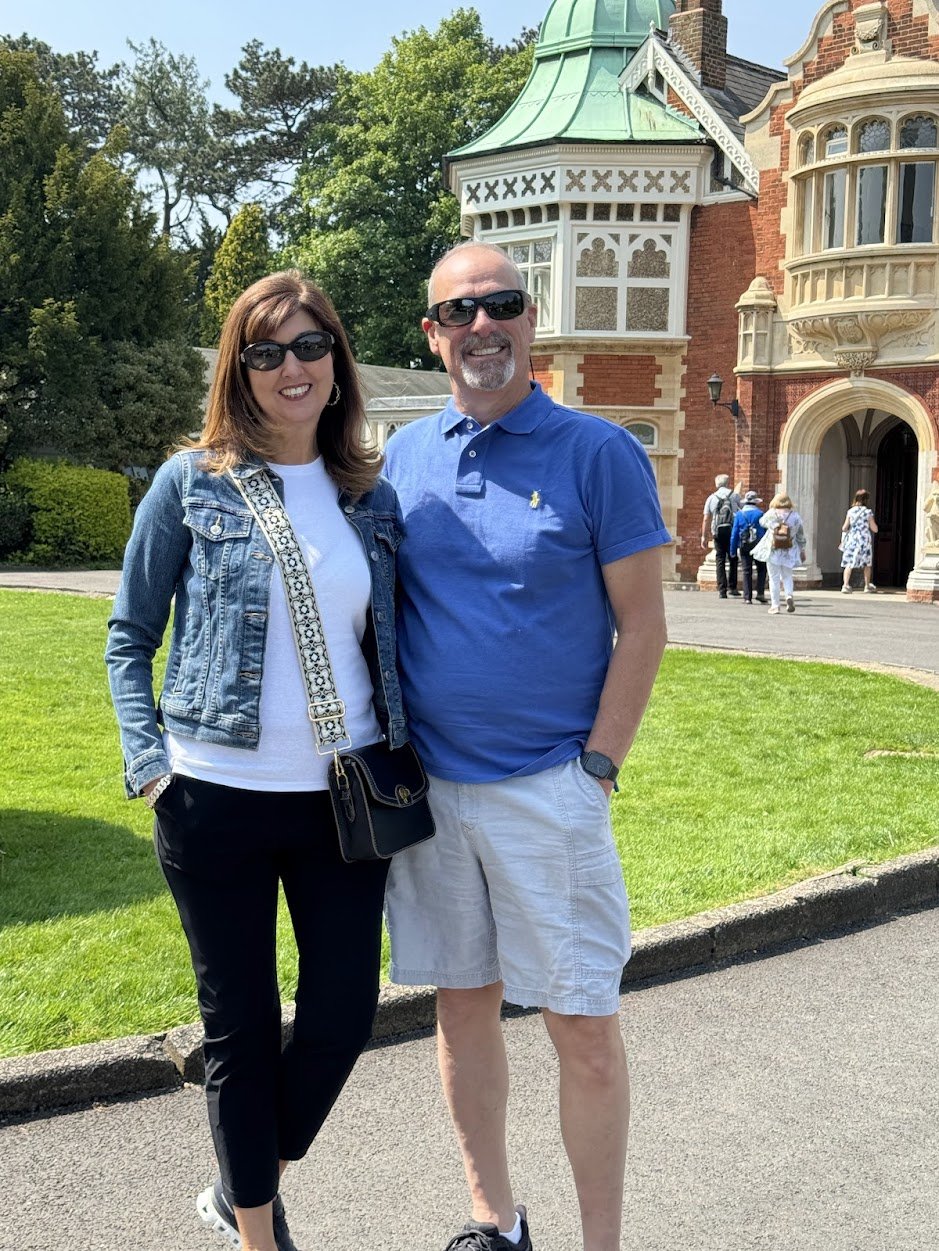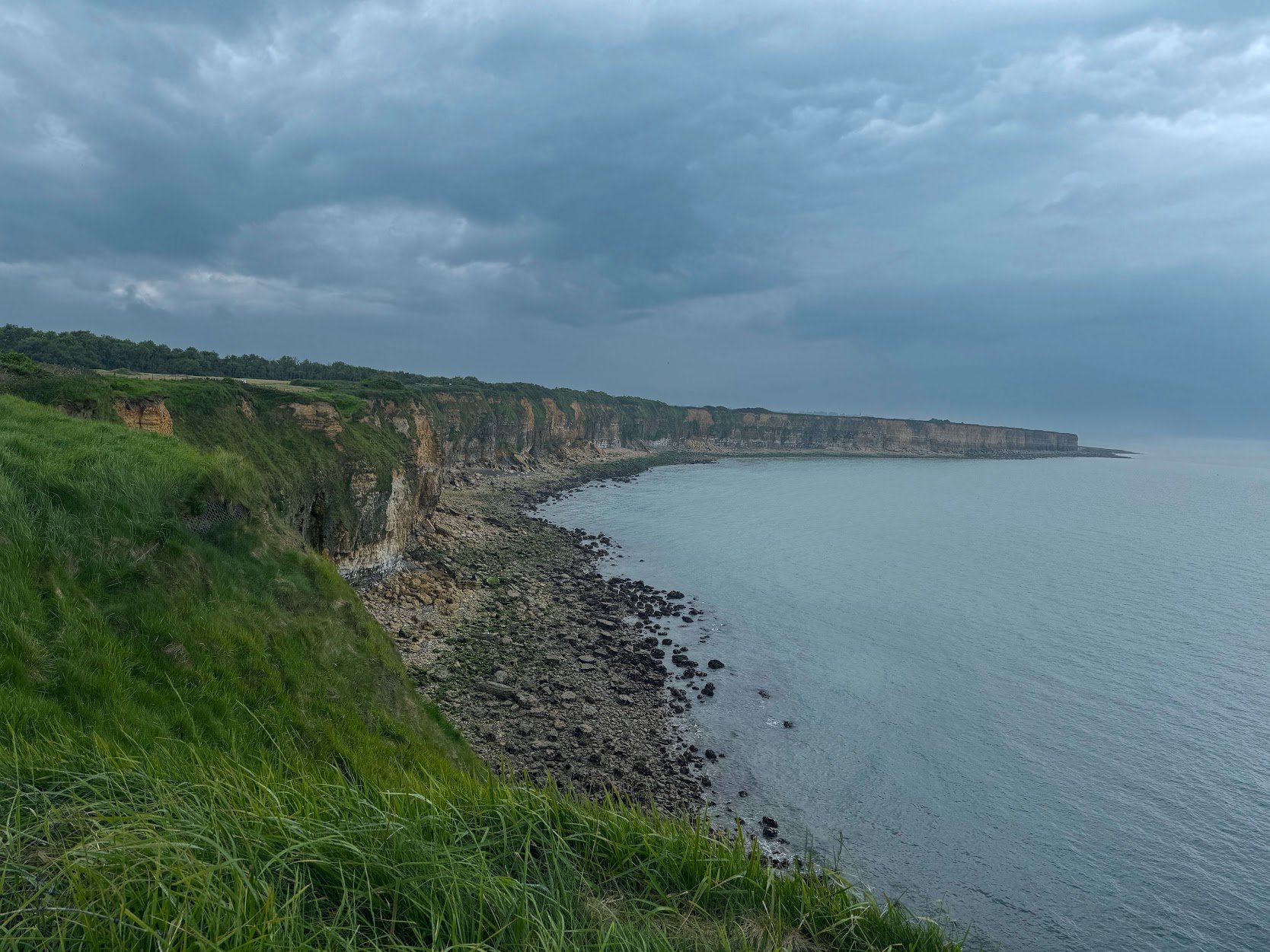Historical Treks: In & Around Santa Fe, NM
There is so much to do in Santa Fe, New Mexico. Great art, great food and great culture. But there is also incredibly interesting history spanning thousands of years in this part of the Southwest.
This post explores some of the fascinating historical sites in and around Santa Fe, from the captivating exhibits at The New Mexico History Museum to the charm of a winter walk around the historic Santa Fe Plaza, home to centuries-old adobe buildings. We'll visit the oldest house and church in the United States, followed by a peek at the famous Canyon Road, and take a scenic drive to Los Alamos, the birthplace of the atomic age.
The New Mexico History Museum:
Located near the iconic Santa Fe Plaza, this museum showcases New Mexico’s rich history, from Native American cultures to Spanish colonization and the development of the Southwest.
This Sets the Perspective.
There is much to learn about the Native people of this area. Their history goes back thousands of years. I loved this quote as you entered the first gallery.
The artifacts collected went back thousands of years. One of the first rooms documents when the Spanish arrived in the area, bringing their customs and religious beliefs, as they had to other parts of North America. They began settling in the area as early as the 1600’s.
You could spend an entire day at this museum. After learning more about the history over the last several hundred years, we moved on to a gallery showcasing another part of New Mexican history, WWII. Two key areas in New Mexico were instrumental in ending WWII, the lab at Los Alamos and White Sands, that became the missile testing ground. See our post visiting White Sands National Park: HERE
Across the courtyard from the museum is the “Palace of the Governors” originally built in the 1600’s. This is a National Historic Landmark and part of the museum, which is the oldest continuously occupied public building in the U.S. Inside the individual rooms there are curated displays showcasing many historical moments of the region.
Below is a collection of “Santos” (or Saints) dating back to the 1800’s. These wooden pieces are intricately carved by many artists of the time. There are 60 total Santos’ in the collection here. It was interesting to see the different styles of Santos throughout the exhibit.
Another interesting room in the Governor’s Palace houses a set of panoramic murals depicting Puye cliff dwellings. These murals, were originally painted in 1910 by Swedish artist Carl Lotave. When the Governor’s Palace underwent a renovation in 2018 they were cleaned and restored. Like many people, Lotave fell in love with Santa Fe and the Southwest.
There were so many more displays and rooms to see. You’ll have to make time to find visit and see all this museum has to offer.
Looking through the window out to the plaza from the museum. This museum, including the 525 year-old Governor’s Place, is a definite must see if you want to learn more about the rich history of Santa Fe and New Mexico.
The Historic Plaza of Santa Fe:
The heart of Santa Fe for over 400 years, this vibrant plaza was established as a central gathering place during Spanish rule in the early 17th century.
Today, it’s surrounded by historic adobe buildings, including the Loretto Chapel and the Cathedral Basilica of St. Francis of Assisi. Winter adds a magical touch with lights, decorations, and a festive atmosphere.
It was beautiful to see on a chilly day, but trust me, on a warm summer day the plaza is bustling with the shops and restaurants filled with visitors.
The Oldest House and Oldest Church in America:
Tucked away several blocks from the Plaza sits two interesting sites. They are the Oldest House and Oldest Church in America.
The Oldest House: Is located on De Vargas Street. This structure dates back to the 1600s and reflects the Pueblo-Spanish style of architecture. It’s believed to have been part of a larger Pueblo built by Native Americans.
San Miguel Chapel: Known as the oldest church in the U.S., this adobe church was built in the early 1600s by Tlaxcalan Indians under Spanish direction. It still hosts services and contains original artwork and a historic bell cast in 1356.
A Walk Along Canyon Road:
On a brisk winter morning, we strolled along Canyon Road, Santa Fe's renowned arts district. While the galleries were closed, the quiet street offered a unique charm, with its adobe buildings, colorful doors, and sculptures dotting the snowy landscape, creating a peaceful and inspiring atmosphere
Originally a residential area and agricultural route used by Spanish settlers in the 1600s, Canyon Road evolved into Santa Fe’s artistic heart by the early 20th century. Artists were drawn to its natural beauty and adobe architecture, transforming the area into a thriving arts district.
Today, its historic buildings house world-class galleries and studios, showcasing works ranging from traditional Native American crafts to contemporary fine art. Be sure to make a stop when the galleries are open. (and be respectful as many galleries don’t allow photos inside)
In addition to beautiful galleries and charming shops, there are some delicious restaurant options along Canyon Road. We opted for one of our favorites for dinner, Geronimo.
Just a scenic 35-mile drive from Santa Fe, Los Alamos played a critical role in World War II as the site of the Manhattan Project, where the first atomic bombs were developed. Below, was the original main gate.
Start by visiting the Bradbury Science Museum to learn about the town’s pivotal contributions to science and history.
You will learn history of Los Alamos, that once was a sparsely populated area of New Mexico. Then before the Manhattan Project transformed Los Alamos into a secret scientific hub. The area was actually home to the Los Alamos Ranch School, a private boarding school for boys, founded in 1917.
After the museum we went to, what once was, the boys school. When the U.S. government selected the site for the Manhattan Project in 1942, the school was abruptly closed, and its property was requisitioned. Many of the original buildings were repurposed to house scientists and their families.
Below is the home where Robert Oppenheimer, the scientific director of the Manhattan Project, lived during this time. As of the writing of this post, the home was under renovation and will soon be available to visit.
Below is another one of the homes that was once the boys school, then turned into housing for the Manhattan Project. This particular house was actually occupied by military personnel until 2022. Then, it was purchased by Los Alamos county as part of preservation of the entire Los Alamos historic district.
As you wander in the what’s now a park between the houses, you’ll come across ruins of what were once homes of the Native people of the area. So much history in this little town dating back hundreds of years!
The Fuller Lodge: Originally built in 1928 as the main dining and social hall for the Ranch School, this large log structure became a central gathering place for Manhattan Project personnel. It hosted meetings, social events, and community activities. Today, the Fuller Lodge remains a historic site and cultural center in Los Alamos.
This small, scenic pond, originally created for the Ranch School, and named after Ashley Pond that founded the school. Once the lab was established, Ashley Pond became a gathering place for relaxation amidst the intense work at Los Alamos. If you look at pictures from the time, the lab buildings actually surrounded the pond. Today, the lab is huge and maintains a very large campus a few miles up the road.
We were so glad we took the time to visit this interesting town to take in all of it’s history.
So Much Interesting History
We hope this post has inspired to you to get out and see some of the historical sites in and around Santa Fe New Mexico!
If you are looking for a great place to stay check out our post sharing our experience at the most charming short term rental in Santa Fe: HERE


































This post explores some of the fascinating historical sites in and around Santa Fe.